
by Owen | Nov 11, 2019 | Buying A Home, Investment Planning
What is the best way to save money for a house? This is an interesting question and the old advice might require a new perspective given the reality of the current housing market. Home prices have changed dramatically over the last few years and this is impacting how people are making decisions around home ownership.
Over the last few years we’ve seen the average home price increase faster than our ability to save for a down payment. This can make it difficult to save money for a house and this can push home ownership to later stages in life.
This trend in home ownership has been happening for decades, with home ownership shifting later and later. This may be due to a number of factors but there is a definite trend towards purchasing a home later in life.
In 1981 approximately 55.5% of those who were over age 30 lived in their own home.
In 2016 approximately 50.2% of those who were over age 30 lived in their own home.
With the continued increase in home prices since 2016 it’s reasonable to assume that home ownership will continue to shift into the 30+ age group.
So if purchasing a home is happening later in life, does that change the way we save money for a house? Does that change the way we build up our down payment?
Conventional financial advice would suggest that any savings required in the next 1-5 years should be kept in something safe, like a GIC or a high-interest savings account. Historically this meant that savings for a down payment would go into one of these safe investment vehicles.
But what if someone is starting their career in their early 20’s and isn’t planning to purchase a home until their early 30’s, late-30’s or maybe even their 40’s? Should they still be saving for a down payment in a safe investment like a GIC?
Maybe, or maybe not. In this post we’ll explore a different way to save money for a house. A way that is perhaps more reflective of purchasing a home later in life.
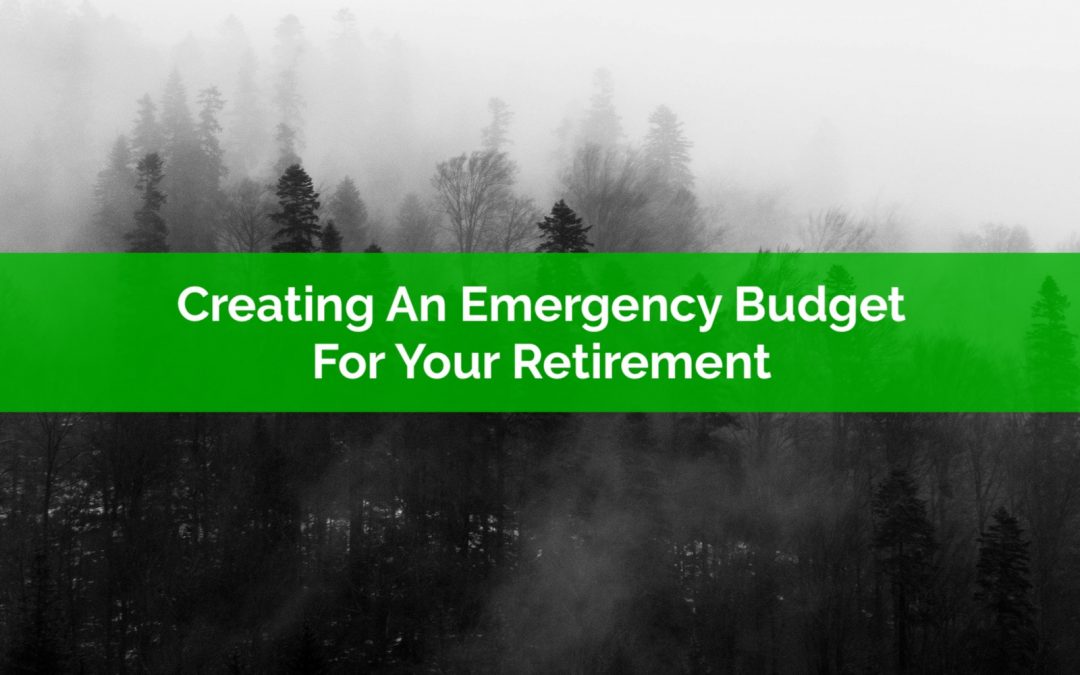
by Owen | Oct 28, 2019 | Budgeting, Retirement Planning
Having an emergency budget is not a new concept, it’s something we’ve written about before, but for retirees it’s particularly important.
An emergency budget is a slightly reduced budget that can be executed in times of uncertainty.
For retirees, “uncertainty” is at its highest during a recession, when investment assets have drastically reduced in price. But “uncertainty” could also be high during a long periods of below average investment returns, stagnate economic growth, or high inflation rates.
Emergency budgets are important for retirees that rely on investment assets to fund part of their retirement spending.
Often, retirement projections are done using an average rate of return. This provides a nice pretty graph but doesn’t accurately represent the range of investment returns retirees may experience in retirement.
Variable investment returns are one of the largest risks a retiree will face. A period of low or negative investment returns early in retirement can be devastating to a retirement plan. This is known as sequence of returns risk. The sequence in which a retiree experiences investment returns can have a big impact on their retirement plan. A series of low or negative investment returns early in retirement can have a very negative effect.
One important way to counteract the effect of sequence of returns risk is to reduce the draw on investment assets during periods when stock market returns are low and/or negative for a period of time.
Reducing the draw on investments, even by a small amount, helps increase the success rate of a retirement plan.
There are a few important factors when creating an emergency budget.
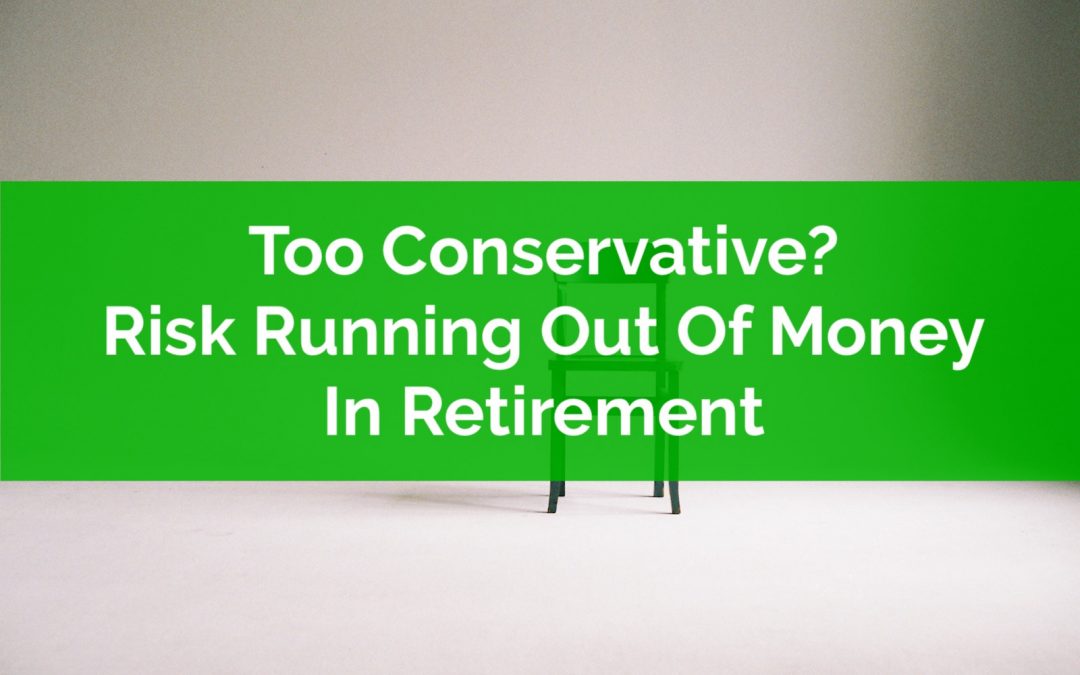
by Owen | Oct 14, 2019 | Behavioral Finance, Investment Planning, Retirement Planning
When it comes to retirement planning, one of the biggest fears is often the risk of running out of money. It can be worrisome to think about what could happen if you’re unable to support your expenses in the future.
Sometimes these fears can lead to people choosing a more conservative risk profile, or holding a lot of cash, but taking these defensive measures can often increase the risk of running out of money in the future.
A more conservative asset allocation decreases market risk, the risk we take on when we invest in the stock market. But a conservative asset allocation actually increases other types of risk, like the risk of running out of money, or the risk of being impacted by high inflation rates.
A more conservative asset allocation can actually increase risk in retirement, especially for longer retirement periods. Your typical 30-40 something couple has a very good chance of either one making it to age 100+ in the future. There is a 25% chance that one of them will make it to age 98 and a 10% chance that one of them will make it to age 101!
Without making other changes, like a lower withdrawal rate, more flexibility with spending, part-time income etc, being more conservative can actually lead to a much higher probability of running out of money before age 100.
Let’s explore why this is the case and what you need to consider when creating your retirement plan…
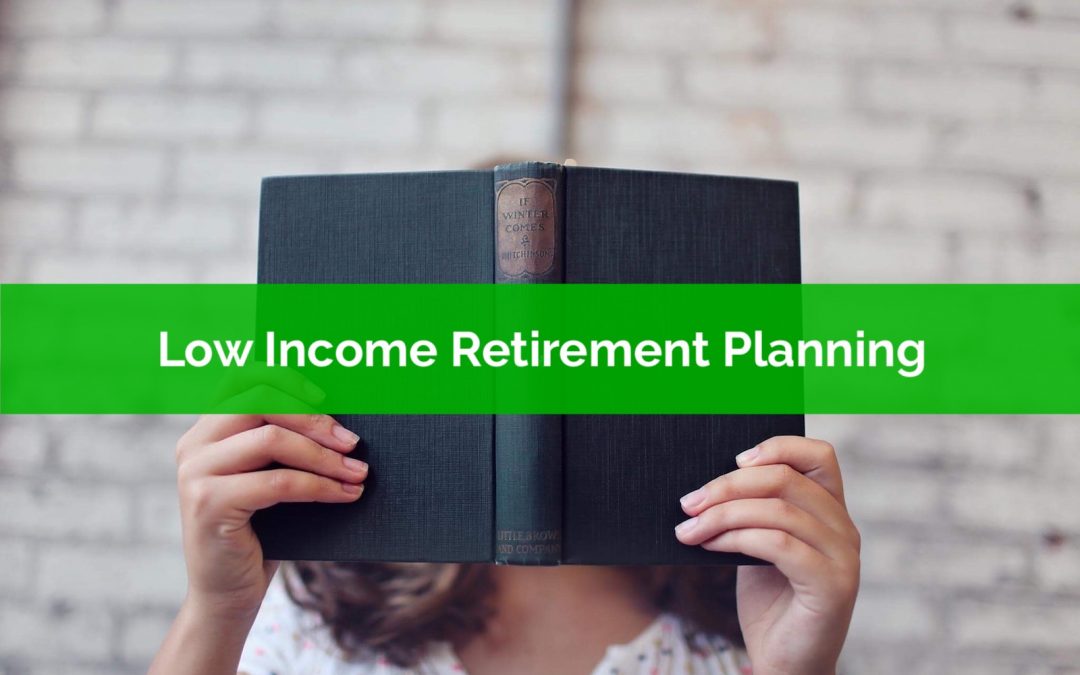
by Owen | Oct 7, 2019 | Government Programs, Retirement Planning, Tax Planning
Low-income retirement planning requires a very different set of tools than your average retirement plan and this can sometimes lead to trouble when a soon-to-be low-income retiree gets advice that has been tailored for someone with a much higher income.
What we need to consider for a low-income retiree is very different than for your average retiree and the recommendations in a low-income retirement plan can sometimes be the opposite of a regular retirement plan.
The drawdown of investment assets, the timing of CPP and the timing of OAS are among many factors that differ in a low-income retirement plan.
When it comes to low-income retirement planning we’re primarily concerned with one thing, government benefits. We want to ensure that the way we save pre-retirement and the way we create income after retirement does not impact the amount of government benefits received.
This can be very tricky and can often lead to some less than obvious recommendations.
Before we get into some ideas to consider around low-income retirement planning lets look at why government benefits are the main consideration.
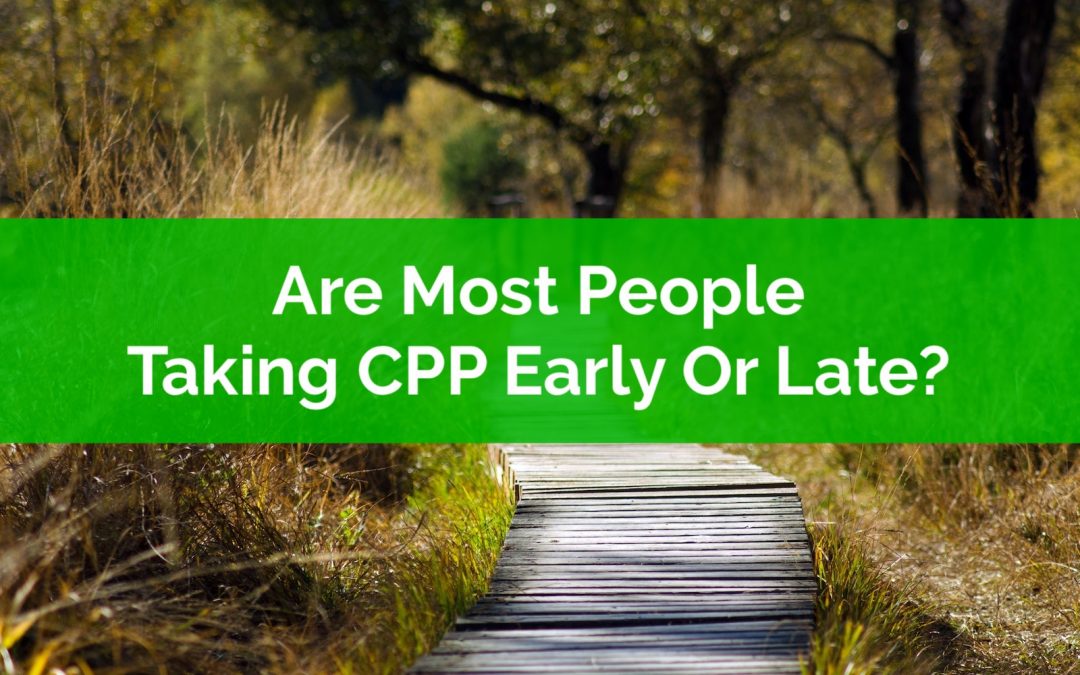
by Owen | Sep 30, 2019 | Government Programs, Retirement Planning
Are most people taking CPP early or late? Delaying CPP can have many advantages (and a few downsides). Delaying CPP to age 70 can see monthly CPP benefits increase by over 220% vs benefits taken at age 60.
Delaying CPP provides a lifelong inflation adjusted pension, and for those with no defined benefit pension this can be very appealing.
But as it turns out, very few people choose to delay CPP to age 70.
So, if delaying CPP has so much appeal, why aren’t more people choosing to delay?
In the analysis below we’ll see that the vast majority of people are taking CPP at or before the age of 65. Using these statistics for CPP starting age we’ll see that very few people choose to delay CPP past age 65 and only a very small percentage choose to delay all the way until age 70.
If delaying CPP to age 70 has so many advantages, why are most people choosing to take CPP early?
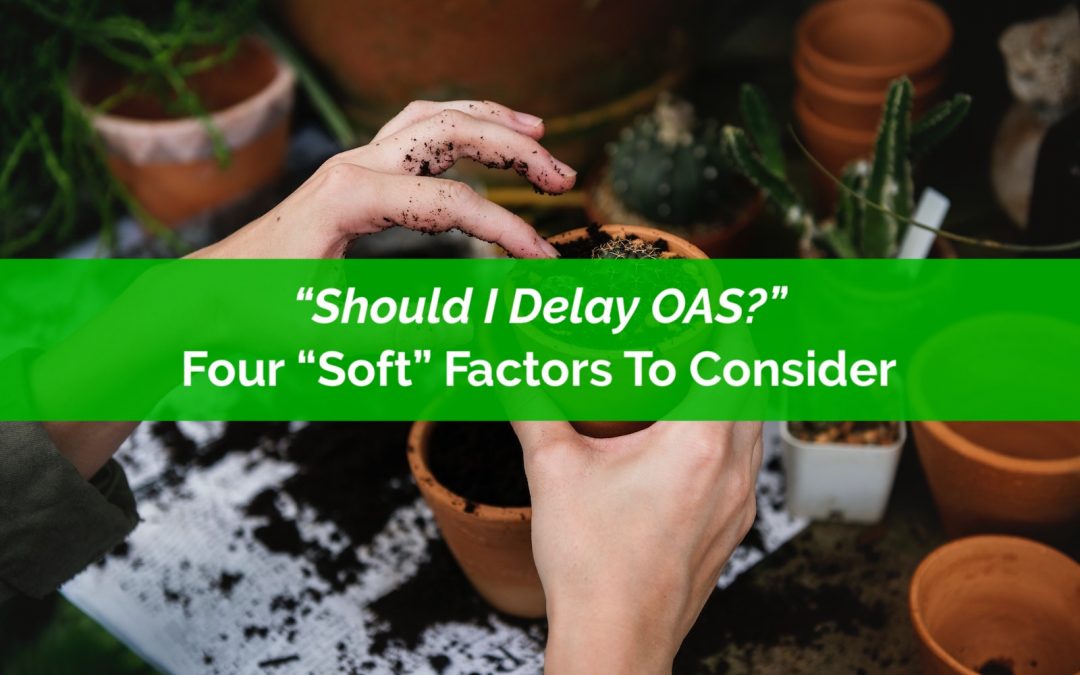
by Owen | Sep 16, 2019 | Government Programs, Retirement Planning
“Should I delay OAS”?
This a common question that gets asked during a financial plan. Along with CPP payments, OAS payments will increase the longer you delay them. This creates a big incentive to delay both OAS and CPP.
Delaying OAS until 70 can lead to monthly OAS payments that are 36% higher than at age 65. This can make delaying OAS, as well as CPP, very appealing to soon-to-be retirees.
That being said, even though receiving the maximum OAS benefit sounds appealing as a retiree, the decision to delay OAS needs to include many factors, some of them are “soft” factors that have nothing to do with the financial breakeven.
OAS benefits are significant for retirees. A retiree with over 40-years in Canada between age 18 and 65 can expect to receive over $7,000 per year in OAS benefits. A couple can receive over $14,000. This makes OAS benefits an important component of any retirement plan.
But OAS benefits have one unique factor that makes the decision to take OAS at 65, or delaying OAS until 70, much more difficult, and that is the clawback. Officially called the OAS recovery tax, this clawback is 15% of every dollar earned above a certain threshold. Above this threshold, the OAS recovery tax takes $0.15 from every $1 of income until OAS is gone.
When we consider the impact of this recovery tax it may make delaying OAS very appealing in certain situations. In this post we’ll look at some of the soft factors to consider when deciding whether or not to delay OAS.
Page 20 of 27«...1819202122...»






